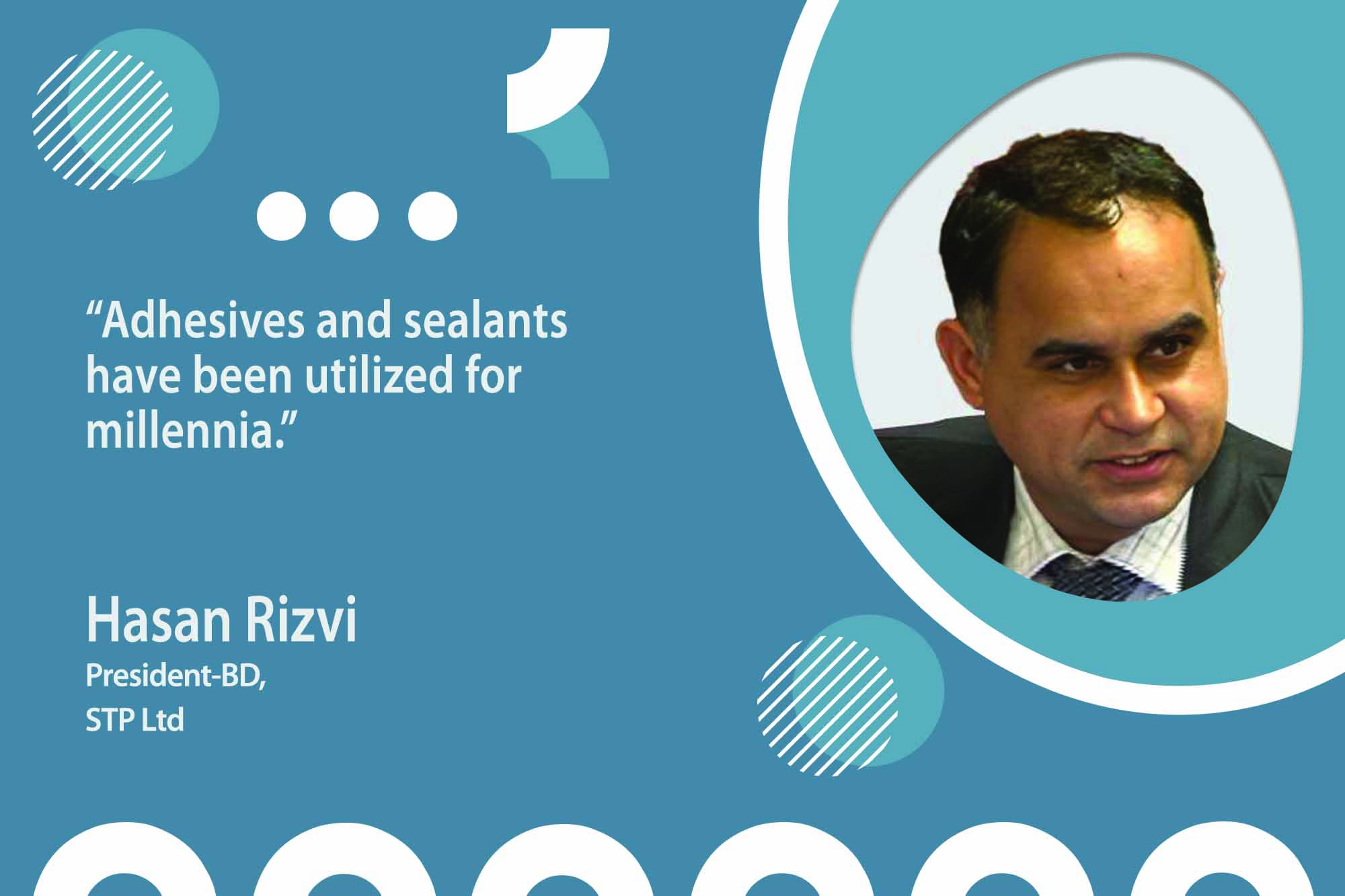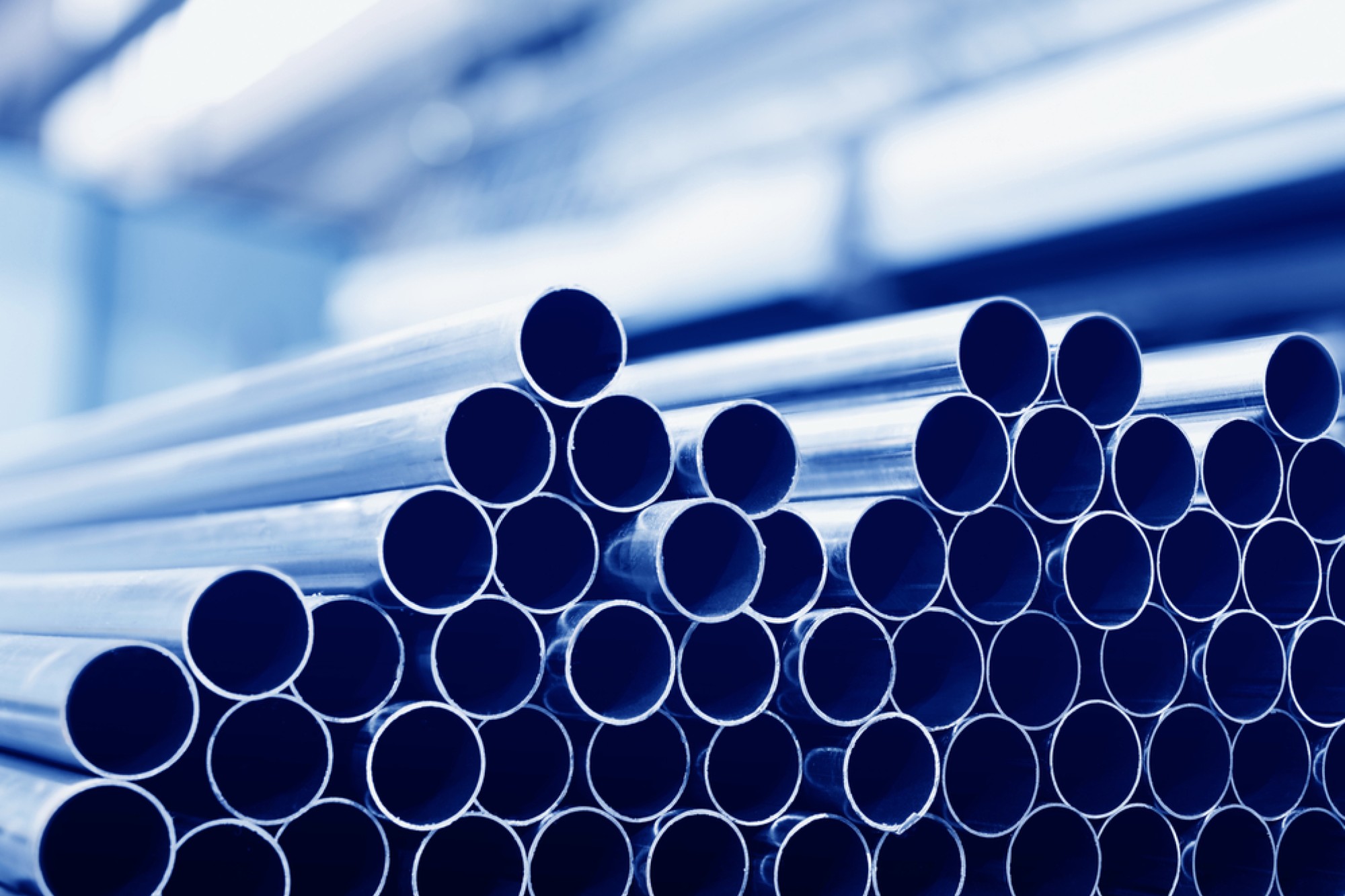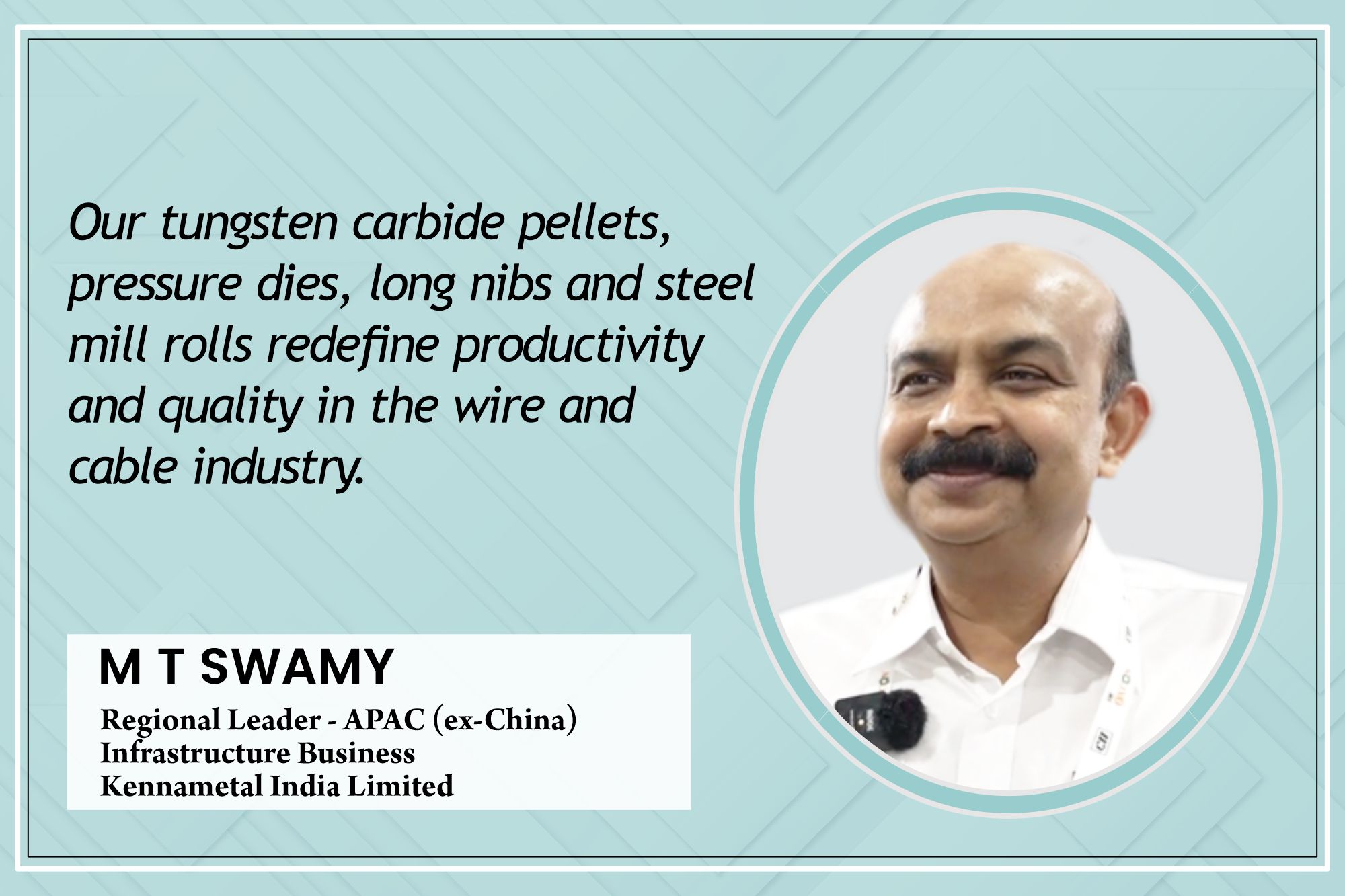Adhesives and sealants through ages
By Edit Team | March 7, 2024 1:01 pm SHARE

The history of adhesives and sealants spans millennia, from ancient arrow-making with beeswax to the construction of the Tower of Babel. This article explores the evolution of these essential materials and their role in shaping human history and modern construction practices.
Various kinds of adhesives and sealants have been in use for thousands of years. Early hunters may have improved their aim by bonding feathers to arrows with beeswax, a primitive form of adhesive. The Tower of Babel was probably built with mortar, tar, or pitch as a sealant. Carvings in Thebes (circa 1300 BC) show a glue pot and brush to bond veneer to a plank of sycamore. Until recently, most adhesives and sealants evolved from vegetable, animal, or mineral substances. In the early 1900s, synthetic polymeric adhesives began displacing many naturally occurring products owing to their stronger adhesion, greater formulation possibilities, and superior resistance to operating environments.
Presently, various types of sealants are available in the market, like Polysulphide Sealant, Polyurethane sealants, silicon Sealants, Coal tar & Bituminous sealants, and many more. STP Ltd is a Berger group company known for developing innovative Technologies & products. STP Ltd is among the largest manufacturers of sealants in India.
Movement Accommodation Factor (MAF)
Most sealant manufacturers assign a movement accommodation factor (MAF) to each of their products to provide a value for calculating joint dimensions. However, there is no universal definition for this factor.
The movement accommodation factor means the total movement range between the maximum compression and the maximum extension a sealant can accommodate. It is expressed as a % of the minimum design joint width.
The process of applying joint sealing involves several key steps. Firstly, the contractor must meticulously examine the joints, noting their size and condition. Any technical or practical difficulties deemed unacceptable to the main contractors should be promptly reported. Importantly, the joints should be dry during this examination phase.
Following the examination, the joint faces are thoroughly cleaned using a wire brush, ensuring the removal of all dust. In the presence of oil, cleaning with xylene or toluene is recommended. Subsequently, backup material and a bond breaker are installed. These components are placed in the joints to facilitate the proper placement of the sealant, with the surface recessed by a minimum of 3mm below the pavement surface.
The priming step involves applying a two-component primer, such as ShaliPrime-S. It is essential to avoid brushing the bond breaker tape during this process. Masking tape is applied to the edges of both joint faces to ensure further precision. This tape is to be removed immediately after tooling.
The sealant pouring phase entails filling the prepared joint by hand or machine. A spatula is used for this purpose, and any excess material is filled before tooling with a knife blade. The sealant surface is then pulled down to achieve the desired level. The masking tape is removed post-tooling, and the material will naturally self-level.
Once the sealant is applied, it is crucial to allow for proper curing by the manufacturer’s recommended specifications before commencing any subsequent operations. Lastly, the tools and equipment used in the application, particularly those exposed to solvents like xylene or toluene, should be cleaned promptly.

Major Sealants available in the Indian market
Polymer-based sealants like ShaliSeal® PS PG are UV-resistant, flexible, tear-resistant, rubbery, self-two-component, polysulphide levelling, pourable, and non-staining. They adhere to most building materials, such as cementitious substrates, aluminium, glass, wood, and mild steel.
Sealants like ShaliSeal® PS PG cures at ambient temperature and has excellent recovery characteristics after extended periods of compression/elongation with outstanding resistance to most chemicals, weather conditions, ageing, and shrinkage; other sealants like ShaliSeal® PS PG 30 have Movement Accommodation Factor (MAF) of 30 percent, for butt joints.
A two-component Polyurethane sealant like ShaliSeal® PU 2K PG is a modified PU that cures to form a durable, flexible, watertight bond with most building materials and is capable of accommodating dynamic joint movement.
Method of application of sealants
In the joint preparation process, it is imperative to ensure that all joints are completely dry and devoid of dirt, dust, or grease. The surface is meticulously cleaned using a wire brush operated by hand or machine to guarantee thorough cleanliness.
After the cleaning process, the dried and cleaned bonding surfaces within all joints must be sealed. Ideally, the joints should be parallel and straight to enhance the effectiveness of the sealing process. Any spalled joints can be repaired using Epoxy Mortar, such as ShaliFix EM.
Backup material is recommended to maintain the appropriate depth-width ratio and prevent third-face adhesion. This not only aids in avoiding contact between the forming board and sealant but also ensures a more effective seal.
Applying primer on the vertical side faces of the joint is crucial for establishing a robust bond between the substrate and sealant. ShaliPrime-S is the recommended primer, and a clean, dried brush should be used for application.
The subsequent step involves providing and pouring ShaliSeal® PU 2K PG, a modified two-component Polyurethane sealant, into the joint.
In the broader context, the government’s focus on infrastructure development, including power, ports, roads, freight corridors, and industrial hubs, is a driving force for the sealant and adhesive business within the construction chemical industry. The evolving business landscape in India, characterised by virtual interactions and expanded reach, reshapes how business is conducted. Additionally, the emergence of a robust network of authorised applicators trained by the company, capable of executing jobs and providing after-sales service, supported by a team of engineers and technical operators, represents a notable trend in the industry.
Cookie Consent
We use cookies to personalize your experience. By continuing to visit this website you agree to our Terms & Conditions, Privacy Policy and Cookie Policy.





































































